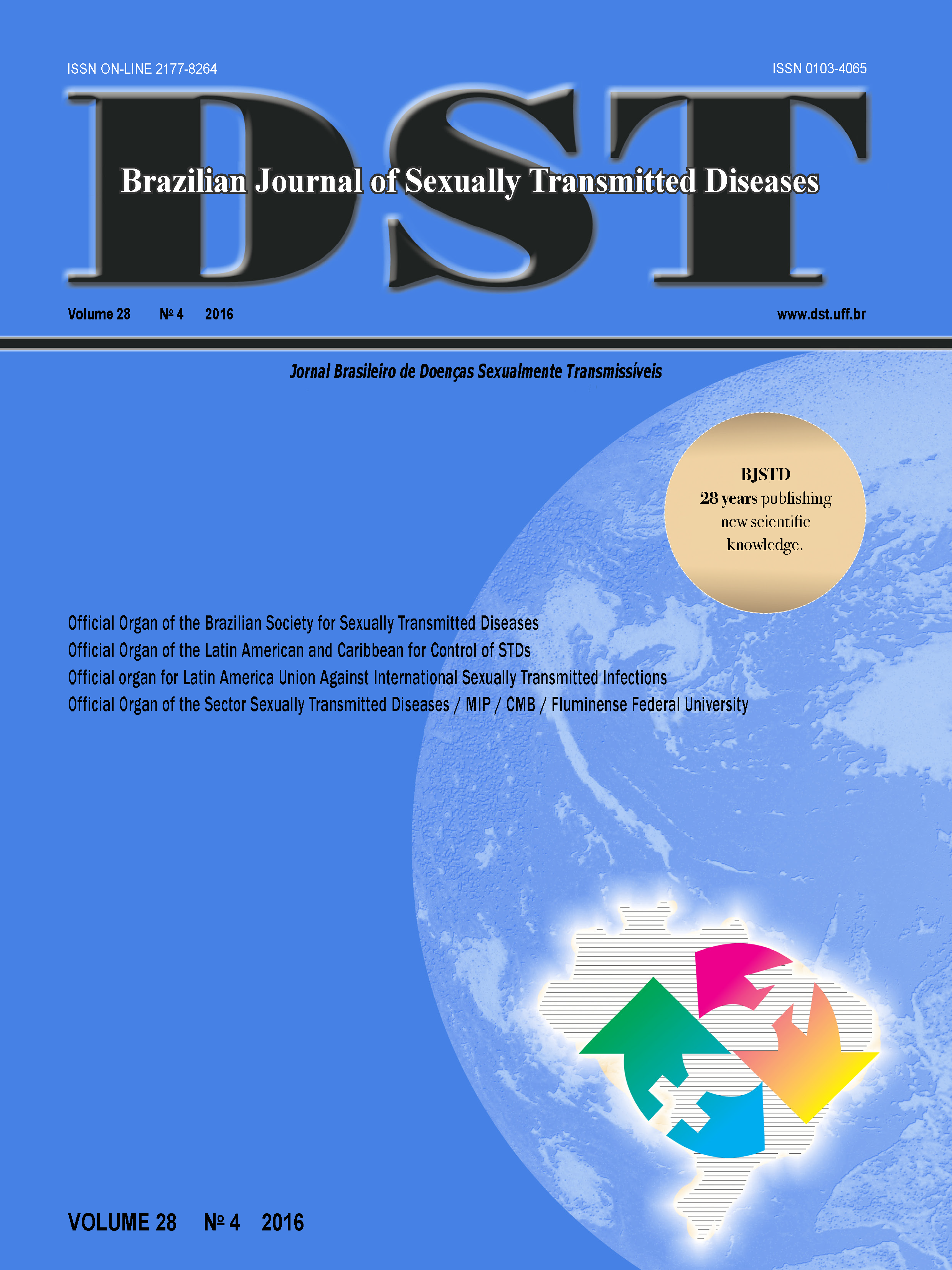Impact of in vitro clindamycin on the combination of clindamycin and ketoconazole on exopolymer of candida spp biofilms of urogenital original
Keywords:
clindamycin, ketoconazole, Candida spp biofilm, exopolymer, vaginal and cervical infectionsAbstract
Introduction: The vaginal mucosa has been widely used for administering antimicrobial agents to treat endogenous infections of the lower genital tract in pregnant and non-pregnant women. Candida spp. elaborates biofilms, and its formation is a complex process requiring that fungal cells establish multiple interactions with the medium. Biofilms are surrounded by an exopolymer matrix that can restrict the activity of antibodies, the diffusion of substances, and be associated with antimicrobials, therefore limiting its actions. General antimicrobials and particular anti-mycotic agents can face difficulties to access the cells within the exopolymer matrix. Many formulas used for empirical treatment have improper combinations with limited or null activity on the biofilms. The presence of molecules that cause its inhibition, thus eliminating the exopolymer matrix inducers, or by other mechanism, will allow the specific antimicrobial activity. Objective: To show that the activity of clindamycin used in dual formula with ketoconazole works on Candida albicans biofilm and on non-albicans species of Candida. Methods: We studied the activity of clindamycin and ketoconazole regarding the adherence and dispersion of biofilms from eight vaginal isolates of C. albicans and 7 of non-albicans Candida. The isolates were inoculated in three tubes with Sabouraud agar and a glass device to form the biofilm according to a known technique. Adherence: Each isolate was incubated for a six-hour period and a combination of clindamycin and ketoconazole from the material of ovules was added and conveniently diluted to one of the tubes of each isolate (62.5/260.4 ug/mL), considering 0 hour. Dispersion: The same dilution was added to another tube after 16 hours. The third tube was used as a control without antimicrobials. The reading was carried out with an optical microscope after 24 hours that the clindamycin and ketoconazole combination had been added and colored with crystal violet. They were then evaluated using photographic programs. The activity of clindamycin (62.5 ug/mL) and ketoconazole (260.4 ug/mL) was analyzed alone with a similar technique. We chose vaginal samples from seven patients with vulvovaginal candidiasis and studied them through the cell layer technique. The clindamycin and ketoconazole combination was used for studying the adherence and dispersion. Results: Adherence: Little influence of clindamycin and ketoconazole was seen in adherence regarding each control. Dispersion: The clindamycin and ketoconazole influence was seen in most of the isolates, especially in those of non-albicans Candida that showed higher presence of exopolymer matrix.The hyphae were only seen in 1 of 15 isolates of Candida spp after the clindamycin and ketoconazole were added at the 16th hour. In biofilms of clinical samples, neither hyphae nor mycotic elements were seen in 5 of 7 compared with the controls. Conclusion: According to these results, the use of a clindamycin and ketoconazole combination in biofilms of Candida spp results in proper penetration of the antimicrobial agent, which is seen by the biofilm dispersion during 24 hours. Clindamycin does not interfere with the action of ketoconazole, but it would promote its anti-Candida activity and would possibly modify surface and EP structures through inhibition of the molecules that facilitate its expression. The in vivo model promotes the immunomodulatory activity that in vitro models do not. Its combined use in dual formulas would facilitate the antimicrobial activity on Candida spp, therefore working as an inhibitor or modifier of the biofilms after dispersion of the exopolymer matrix.












